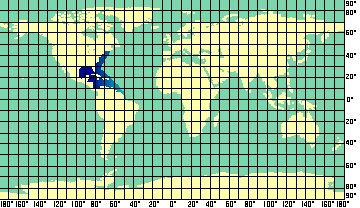Sandbar Shark Distribution and Migration
|
|

|
|
|

|
Thanks to Stewart Springer's research, we know a great deal of exact information about the migration and other characteristics of the sandbar shark. In addition to studying the records of commercial fishing operations, Springer assembled data over twenty five years and examined several thousand sandbar sharks. Its distribution changes with the seasons and unlike the nurse shark, Springer discovered sandbar sharks have a very distinct migratory pattern coupled with somewhat unusual behavior, almost a migration within a migration. Sandbar sharks have a preferred temperature range of approximately 15-30° C (59 -86° F). During the summer the sandbar shark can generally be found from around Cape Cod, Massachusetts to West Palm Beach, Florida. In the winter it is generally found only in the warmer waters near the Carolinas, the southern tip of Florida and on down into the Gulf of Mexico. In March to early August, when the females are ready to give birth, the sexes separate. The nursery grounds of the North Atlantic population are in the shallow waters of the East Coast of the United States, on the continental shelf from Cape Cod to Cape Kennedy. When the young are about to be born, the males move to deeper waters, leaving the females in shallow estuaries or "pupping grounds." This is possibly due to the presence of bull sharks in this area at the same time and because the pups are so small that they would be eaten or cannibalized by the adult male sandbar sharks. The newborn pups stay in the nursery areas from June until September, when the weather turns cool and they are large enough to move off-shore into deeper water.